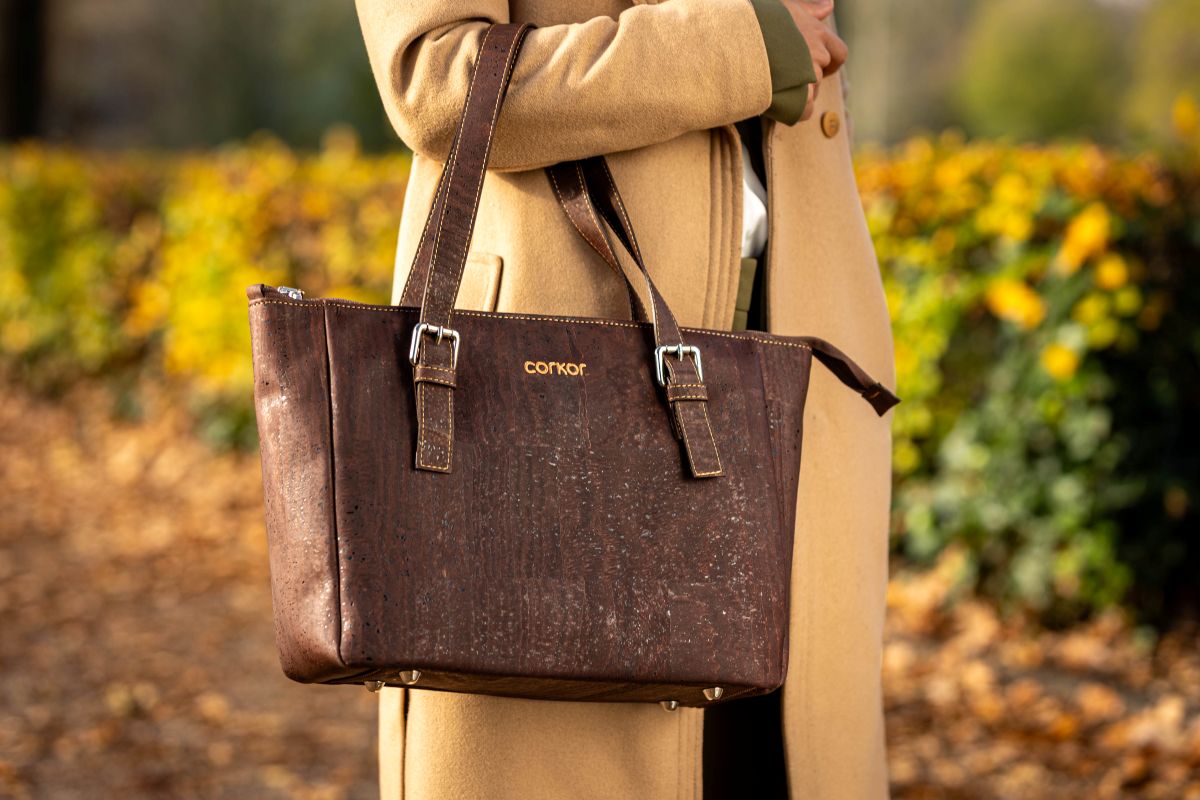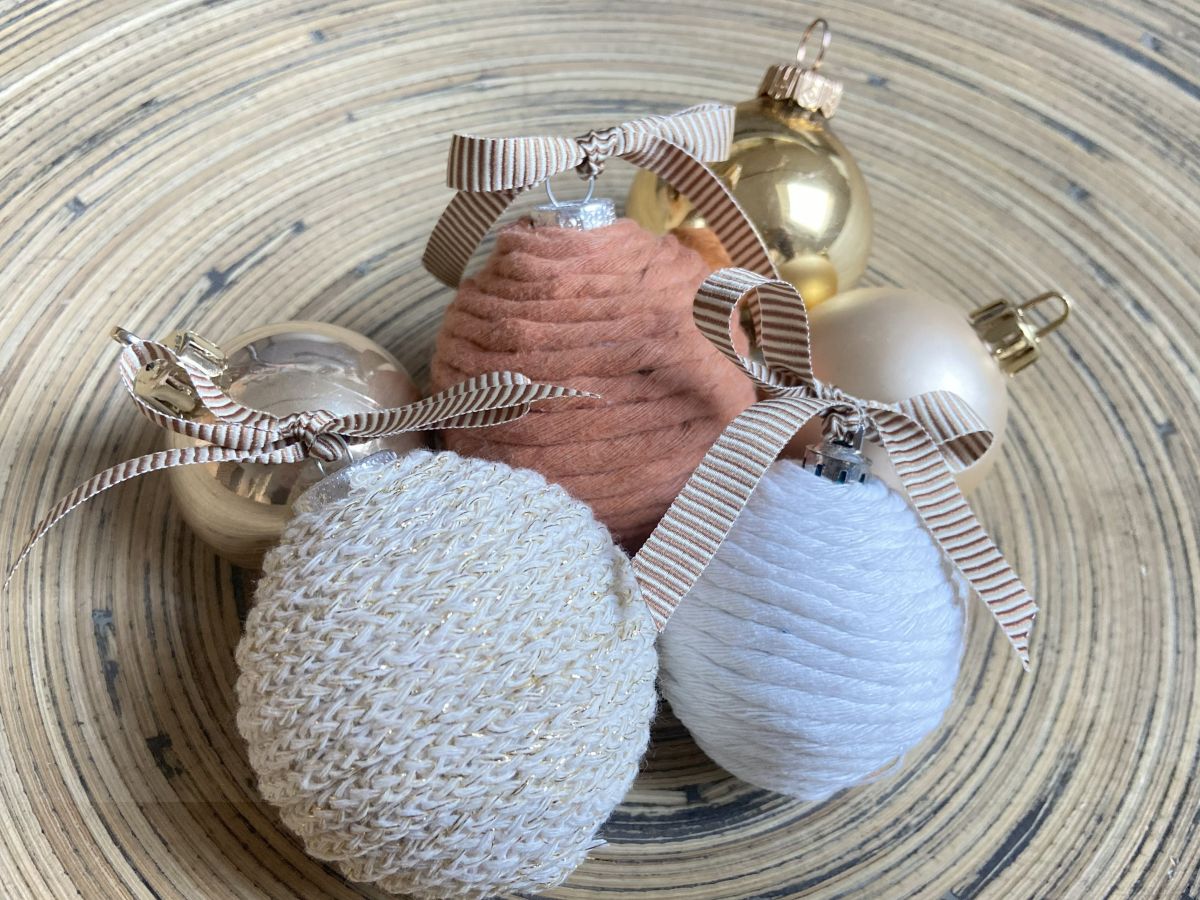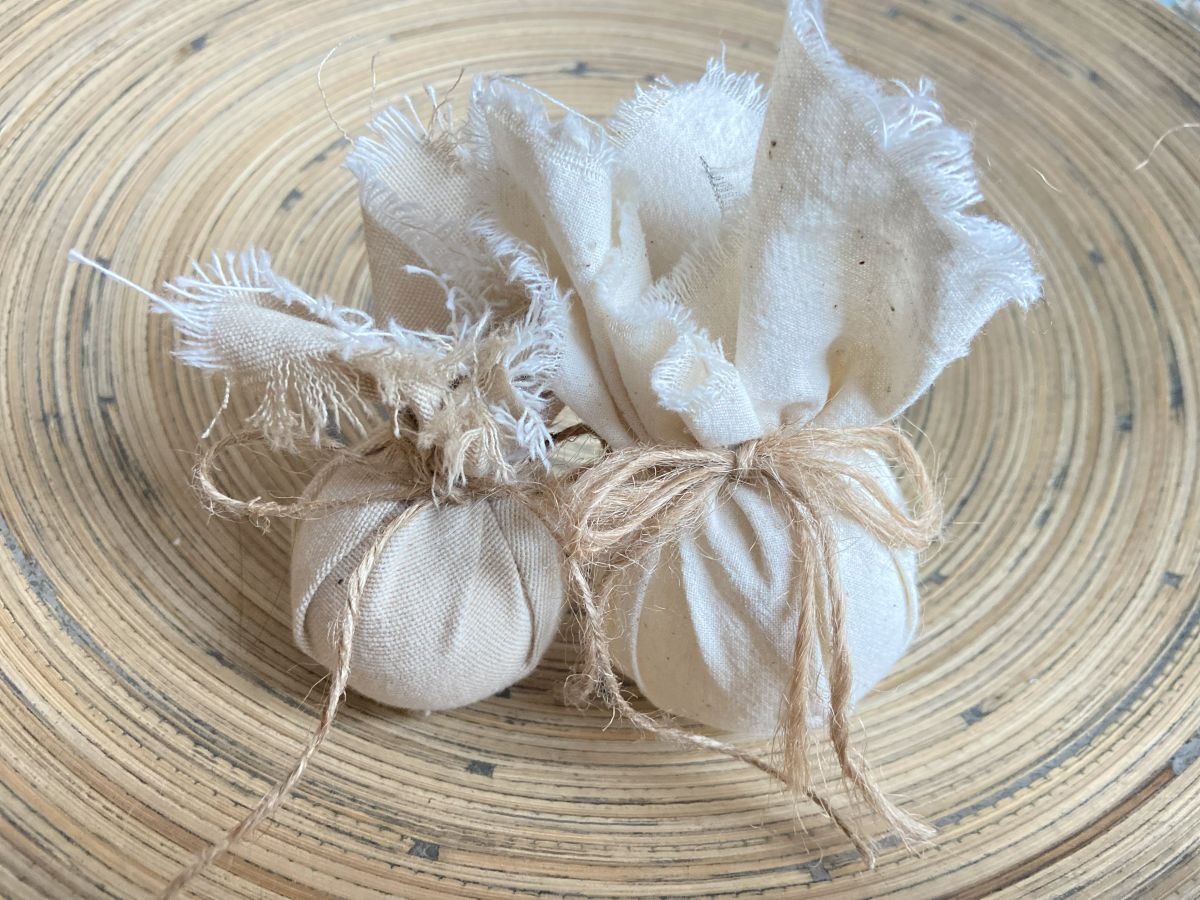With socks, you know one thing for sure: you will lose one at some point or one will lose it to another. Ai, a hole. Throw it away? No way! Our do-it-yourself expert Melanie explains how you can do the most common minor clothing repairs yourself from now on. This time, a DIY sock darning. Bonus: this technique also works for plugging holes in knitted jumpers.
Minor clothing repairs: darning a sock
Repairing your own clothes is not only better for the planet, it also makes you a richer person yourself. You save a beloved item of clothing - because why did it break? It must have come óbecause you loved wearing it so much and you literally save yourself money, because that trip to the shop or tailor is no longer necessary. You fix it yourself for another round of wearing pleasure. So put on a nice podcast or playlist (tips for this we also have) and get to work on small repair jobs. This time, we will work on darning socks. Really, anyone can do this!
Sin! Far too many broken clothes in the wardrobe
A survey by UK textile organisation WRAP has found that 30% of people have garments hanging in their wardrobes that they no longer wear, simply because they need repair. Bummer! In France, the government is going to help people. Here, you get (up to) 25 euros discount on repairs (and pay an extra tax for a fast fashion purchase) in the hope that it will encourage people to repair clothes more often. In the Netherlands, we have to make do with initiatives such as United Repair Center, mended.eu (send in your repairs and get it returned fixed) or the local tailor - which we absolutely welcome, but more is always better.
Source: wrap.org.uk & change.inc & volkskrant.nl




Left: step 1. Top right: step 2. Middle: step 3 and below it step 4. Right: do you want to tuck your sock regularly? Then the easyloom (speedweave) is ideal.
Sock darning (or hole in knitted jumper)
Tools
- long needle
- wool or embroidery thread
- stub mushroom (you sometimes see them lying around in the thrift shop), but a light bulb or another bulbous object such as a boiled egg can also be used
- elastic
Instructions
- Place your lamp or stopper mushroom under the hole and secure with the rubber band.
- Now sew a square around the hole. This gives strength and helps you sew straight lines.
- Then sew vertical lines across the hole.
- Continue with the horizontal lines. To do this, weave your thread through your vertical lines. Do this alternately and continue until the whole hole is closed. Tie off neatly on the inside.
- Practice makes perfect! For a beginner, it is easiest to work with different colours: one colour for horizontal and another for vertical. This way you can better see what you are doing and it also looks cheerful!
- Regular holes in socks or children's clothes? Then it might be worth buying a speedweave. This is a mini loom that allows you to weave very quickly and easily. They are available in different sizes.
Notes
Here is another handy instructional video to watch this technique and you can see how a speedweave works.
Get started with a no buy clothing style
Repairing clothes is great, but what do we do with all those other garments lying unused in the back of the closet? We get you started with the No Buy Fashion Guide. Over a hundred pages of cool ideas on how to look nice without even buying anything. Nothing. Nope. Nada. Not even second-hand! For 9.50 euros you will have it delivered straight to your inbox and thus on your tablet or mobile phone!
Will you also join this fun community? Read this guide too and discover lots of original ideas. Because so many cool clothes are already out there! Order the No Buy Fashion Guide from our webshop!

More durable repair tips from thegreenlist.nl
- Help, your knot is off! Read how to sew these back on here.
- A tear in your clothes? Try ladder stitch.
- Trousers too long? Check out our DIY trouser shortening here.
Photo credits: main image: Karolina Grabowska (Pexels), other photos: Melanie de Oliveira.













